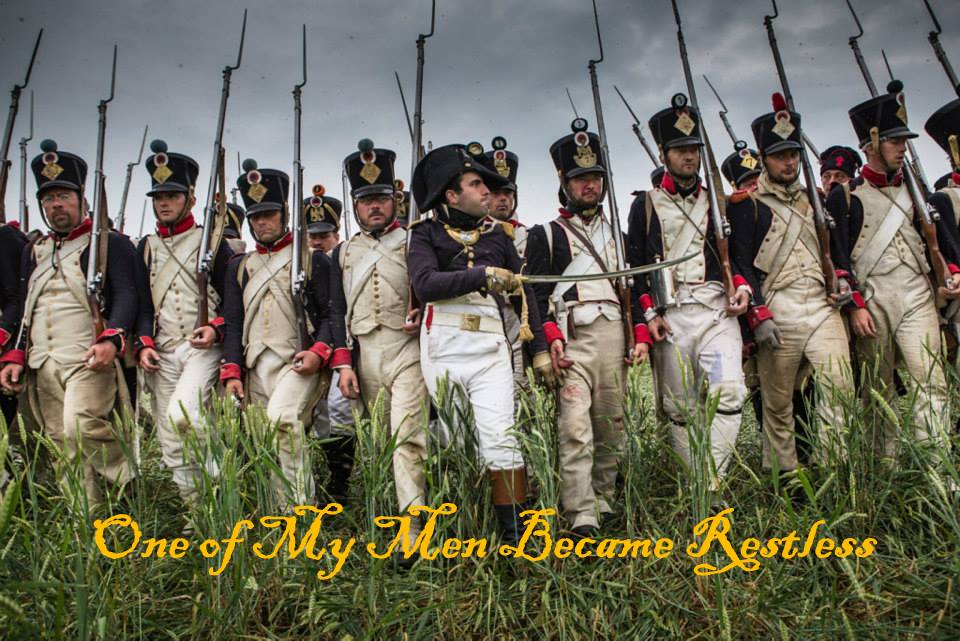[Feb 2, 2021, Edit: Today I learned that this tune is from "Food, Glorious Food" from Oliver!]
The title of this entry should be sung to this old tune from the big cheese lobby:
I'm in a bit of a revelry having finally gotten a chance to break out the FlockBox from Warpainter (available on E-Bay). What a wonderful product! We've all been there - being very careful and frugal with our pricey Army Painter tufts, maybe putting out just one, maybe two if the figure had a that foot was in the air. Otherwise some static grass sprinkled liberally around the tuft would somehow elevate it's grandeur. For a quarter of a century that was a mainstay of my hobbying techniques. Right, "most of it stands up, dunnit" I'd say to meself. It's, of course, trampled grass, duh! Well, today I can abandon those sorry excuses, turn the page and embrace a new era of basing goodness! No more tangled fibres lying lamely at all of my models' feet.
Many thanks to Lukes Aps and the Terrain Tutor for making the whole endeavor seem quite a simple and affordable undertaking. Without them, I'd be stuck in my old methods. But as they both frequently say, "Let's crack on!"
One thing I didn't calculate was how far 42 grams of static grass would last. I had two lengths, 4mm and 2mm. The 4mm was in Dark Green and Medium Green, the 2mm was Dark, Medium and Light Green - all from Woodland Scenics. I was going to do all 6 of the possible two-height combos giving me a small selection of Summery shades of deep greens. I only got as far as my first test: about 14 grams of 4mm Dark with 10 grams of the 2mm Light.
I used Aileen's Tacky Glue for the bulk of these until, getting frustrated with the relatively large nozzle, I switched to Elmer's to make the smaller ones. I went back and forth, depending on what sizes I was going to make.
Another thing to note: this is a mess and once you flip the switch, grass goes everywhere in about a 6 inch radius around the box, as well as up your hand and the top of the metal holder. Once I kept scooping up that surplus and adding it back to the plate I found I could do sheet after sheet. Remember to keep the holder over the box as the second you cut the power the unaffixed grass drops immediately.
You can see my days progression in the next set of photos. By the end I had over 30 different sheets - most of which yielded grasses most suitable for Summer, late Summer/Autumn and maybe even winter. I'll be able to mix and match as needed. The smallest sheet had 30ish tufts while some of the others with the smaller tufts all have well over a hundred on them each.
 |
| Would have been happy to have been done here but so much grass remained. I did keep folding in more and more of the straw color to further lighten it up. |
 |
| 10 sheets later, running out of room ... |
 |
| Finally, some of the tan ones on their own and I finish for the afternoon. And yet STILL I have enough of the original core mix to do several more sheets after sweeping all the stray material up. |
 |
| These in particular is what I see here in Virginia along the roadways and other untended lots. All variations and shades of olive: perfect! |
 |
| These came out pretty good. I made the horse shoe ones to wrap around feet - we'll see how useful those end up being. |
I could easily do a few hundred more sheets with the remaining greens but pretty sure I'll never have to make more of most of these Autumn/Winter colors again. Of course, from here on out you'll be seeing all of these again as they are liberally applied to models going forward.
New! I did another pair of afternoons trying out other combos: The original batch was 4mm Dark Green paired with a lesser amount of 2mm Light Green (4D2L). To that I added a bunch of straw/winter grass to lighten until it was just that deadened mix on its own as you can see above.
 |
| Here's the original 4D2L from last week |
 |
| Here's the 4D2M from earlier in the week |
 |
| These 4D2D favorites are still wet so they might look a bit off here. |










































